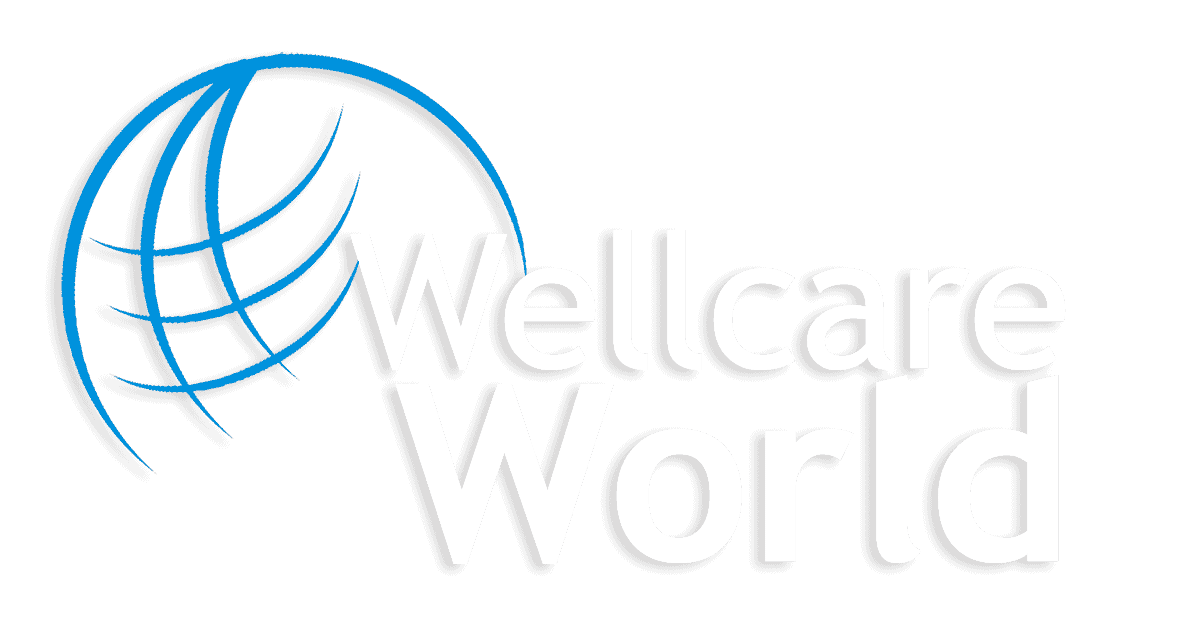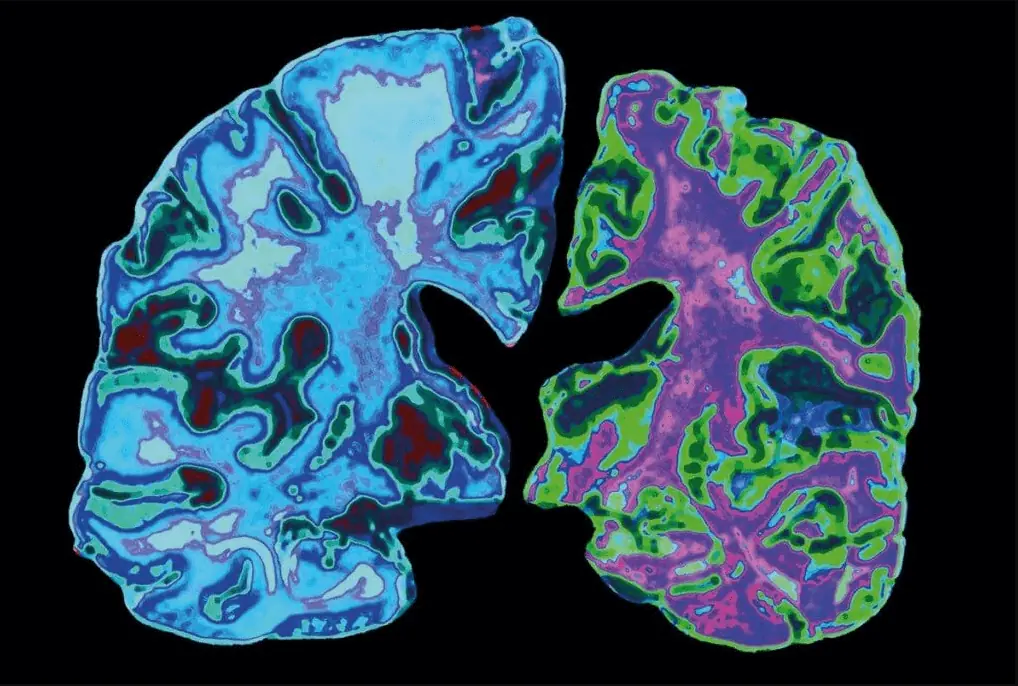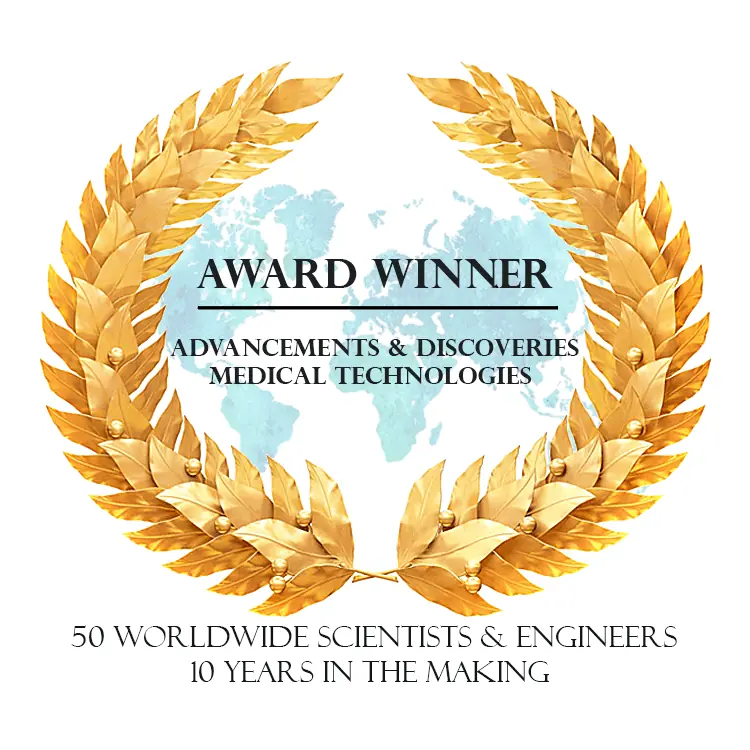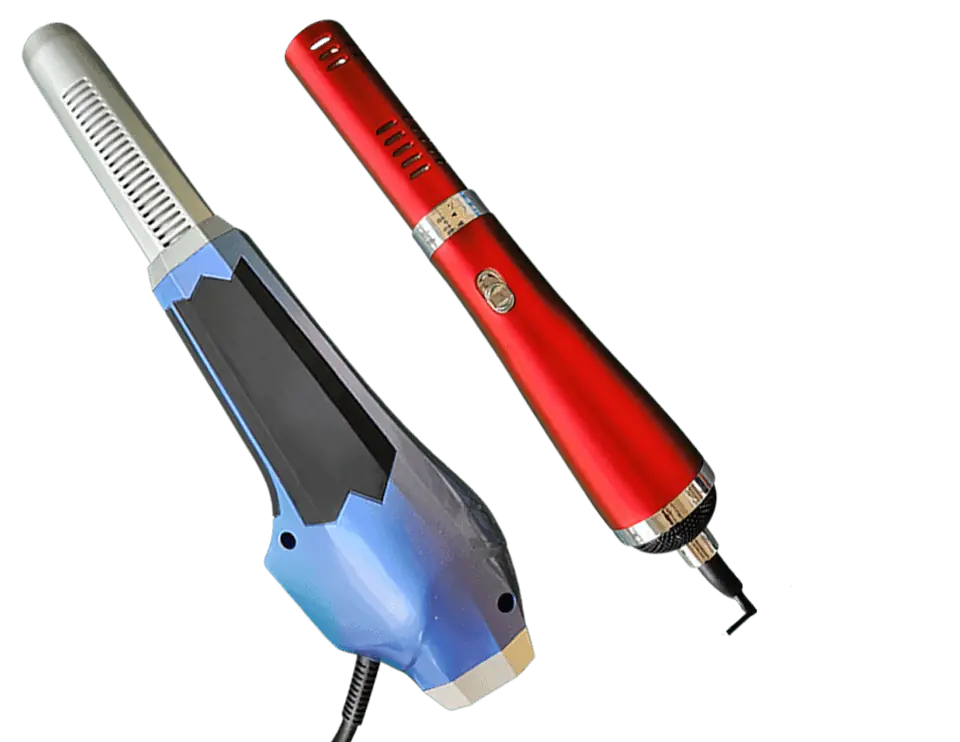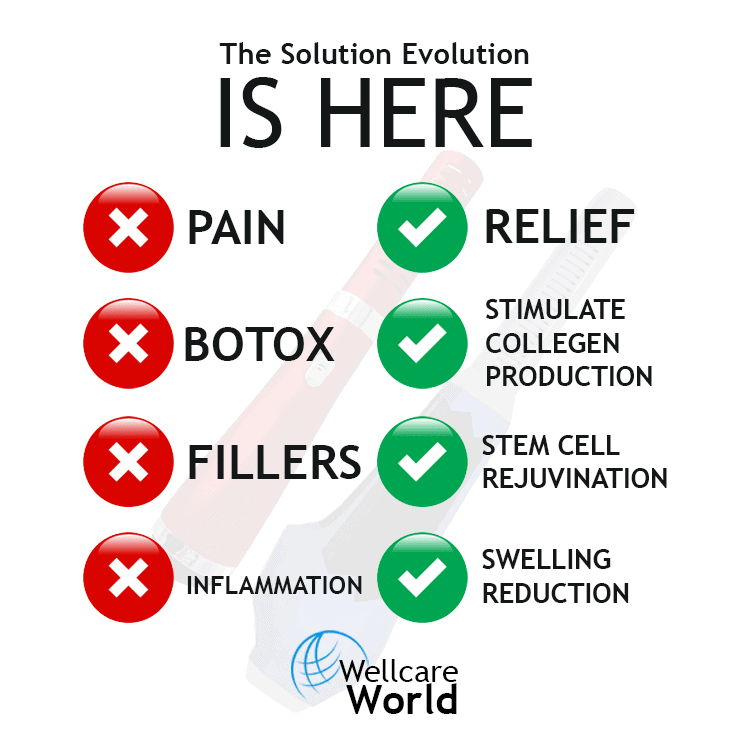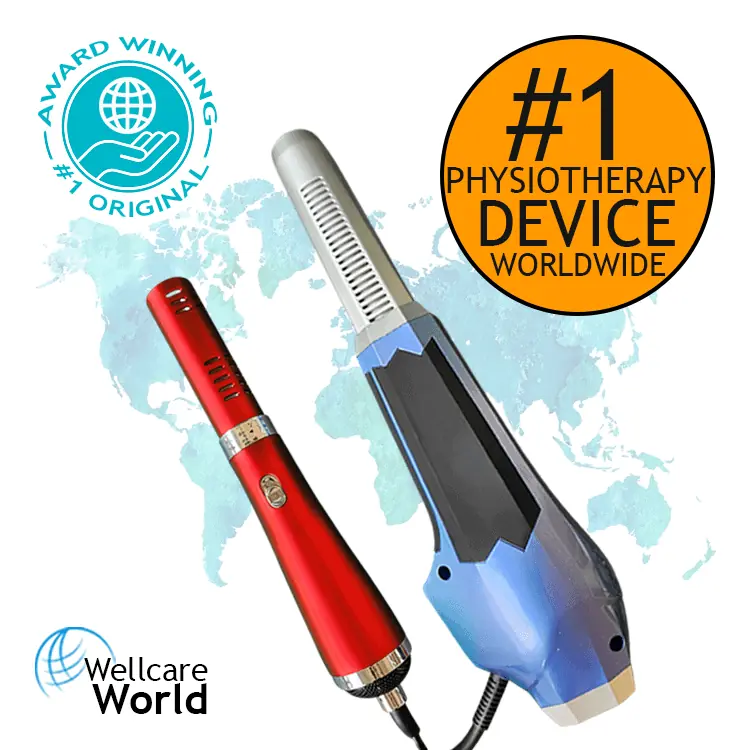Why DIY Rat Cages Are Not the Best Idea for Rats
Thinking about creating a DIY rat cage? It might seem like a fun and budget-friendly idea, but there are some important factors to consider before diving into the DIY world.
Let’s explore why DIY rat cages might not be the ideal option for your furry friends. We’ll cover topics like ventilation, materials, and potential costs!
Health Risks
Rats need plenty of fresh air in their cage to stay healthy. They produce urine that contains ammonia, which can be harmful if it accumulates in their living space. Inadequate ventilation can lead to respiratory stress, which can lead to serious health issues. So, ensuring proper airflow is a must for rat housing.
Designing a DIY cage that balances durability and airflow can be quite tricky.
Plus, rats are notorious chewers! They’ll happily nibble on anything within reach, including cage stands and walls. This chewing habit can weaken the structure of your DIY cage, posing risks to your rats.
Unsuitable Materials
Wood is often the go-to material for DIY rat cages due to its versatility and ease of customization. However, it’s not a suitable choice for housing rats.
These little critters love to chew, and wood is no exception. They can quickly chew through wooden structures, turning your DIY masterpiece into an escape route for your rats.
On top of that, wood is almost impossible to clean thoroughly, which is crucial for maintaining a healthy and hygienic environment for the rats. While you can easily remove and clean wooden cage accessories individually, cleaning a wooden-based DIY enclosure as a whole can be a real hassle.
Another option is plastic which poses no health hazard, but rats can easily chew through it.
I’ve also seen cages made of glass. These are absolutely unsafe as they trap ammonia in the cage and don’t allow it to disperse.
Space
When it comes to rat cages, size matters! It’s important to give your furry friends plenty of room to roam and play. Ideally, a rat cage should measure at least 32×20 inches or 80×50 centimeters in floor space. However, creating such a spacious DIY cage can be quite a challenge. In fact, many DIY cages I’ve come across often fall short in terms of floor space.
We all want the best for our little companions, and that includes providing them with ample space to move around and explore. Unfortunately, DIY cages may not always meet these size requirements, as they can be tricky to design and construct on a larger scale.

A rat cage should have a volume of over 8 cubic feet.
Consider the Costs
Compared to ready-made rat cages available in stores, DIY enclosures come with their fair share of risks and potential expenses.
Designing and building a DIY cage that meets your rats’ needs can be time-consuming and end up being more costly. It requires careful planning, knowledge of suitable materials, and some DIY skills. Without these resources, creating a safe and suitable DIY cage can be quite a challenge.
If you’re considering DIY because you’re on a budget, your best bet is to check platforms like Facebook Marketplace, Craigslist, and local exotic animal groups. You can often find high-quality enclosures at affordable prices when buying second-hand. This way, you’ll not only save money but also eliminate the risks and uncertainties associated with DIY rat cages.
Prioritizing Rat Happiness
Choosing the right cage is crucial for the well-being of your rats. Their overall health depends on proper care and suitable living conditions. Investing in a well-designed and purpose-built rat cage ensures your rats have enough space and proper ventilation.
By focusing on their needs, you’ll be providing them with a comfortable and enjoyable environment.
Factors to Consider When Making a DIY Rat Cage
If you are considering the option of building your own rat cage, there are several important factors to keep in mind to ensure the well-being of your pets.
Follow these guidelines for a comfortable and suitable rat habitat:
- Size: It is essential to provide your rats with ample room to move and explore. A cage with a floor space of at least 32×20 inches (80×50 cm) will allow them to roam and engage in their natural behaviors.
- Adequate Ventilation: Ideally, all four sides and the top of the cage should be fully ventilated to ensure your rats get enough fresh air.
- Suitable Materials: Wood is a bad choice as it absorbs the pee, and both plastic and wood can be chewed through and pose an escape risk. A fully metal cage would be the best choice, as it can’t be chewed and it’s not absorbent.
- Bar Spacing: The bar spacing needs to be small enough to prevent any Houdini-like escapes. A gap between bars measuring ½ inch (1 – 1.5 cm) will keep your rats securely inside the cage.
- Substrate Requirements: Rats are burrowing animals and benefit greatly from having substrate to dig in. When constructing your DIY cage, make a cage base at least 6 inches (15 cm) tall. This way, you can add a minimum of 4 inches (10 cm) of the substrate while having a few inches as a scatter guard. If that’s not an option, add digging boxes in the finished cage setup.
Examples of Bad & Unsuitable DIY Rat Cages
Browsing around the internet, I wasn’t able to find many suitable DIY rat cages with proper ventilation, made of safe materials, and enough floor space. In contrast, there’s a fair share of bad DIY rat cages that don’t provide adequate housing. Here are some examples so you know what not to do.
Bad DIY rat cages (what not to do):
- Rat Cage from an Old TV Stand
- Rat Cage Made from an Old Dresser
- Rat Cage Made of Bookcase
- Rat Cage Made of a Wooden Cabinet

Image from Wikimedia (CC BY-SA 3.0)
Conclusion
While DIY projects can be a blast, DIY rat cages might not be the best option for your furry friends. The challenges of ventilation, the pitfalls of wooden structures, and the potential risks and costs involved make ready-made rat cages a more reliable choice.
So, instead of embarking on a potentially complicated and expensive DIY project, consider checking out affordable, high-quality second-hand cages on platforms like Facebook Marketplace or Craigslist.
By putting your rats’ well-being first and selecting the right cage, you’ll ensure they have a cozy and safe home they’ll love to call their own.
The post Why DIY Rat Cages Are Not the Best Idea for Rats appeared first on Animallama.
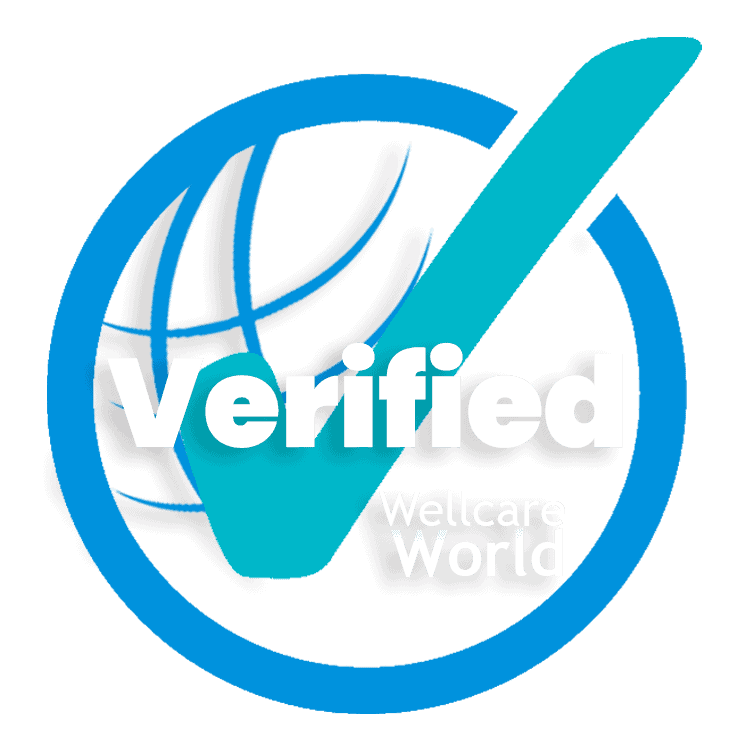
Offered by our Wellcare World friend at
Trending Also -> Physiotherapy Terahertz Technology TeraMD
Wellcare World specializes in providing the latest advancements in wellness technology, supplementation, and lifestyle changes that improve health and increase the quality of people's lives. To learn more, visit WellcareWorld.com and begin living a better life today.
Share Us With Others
